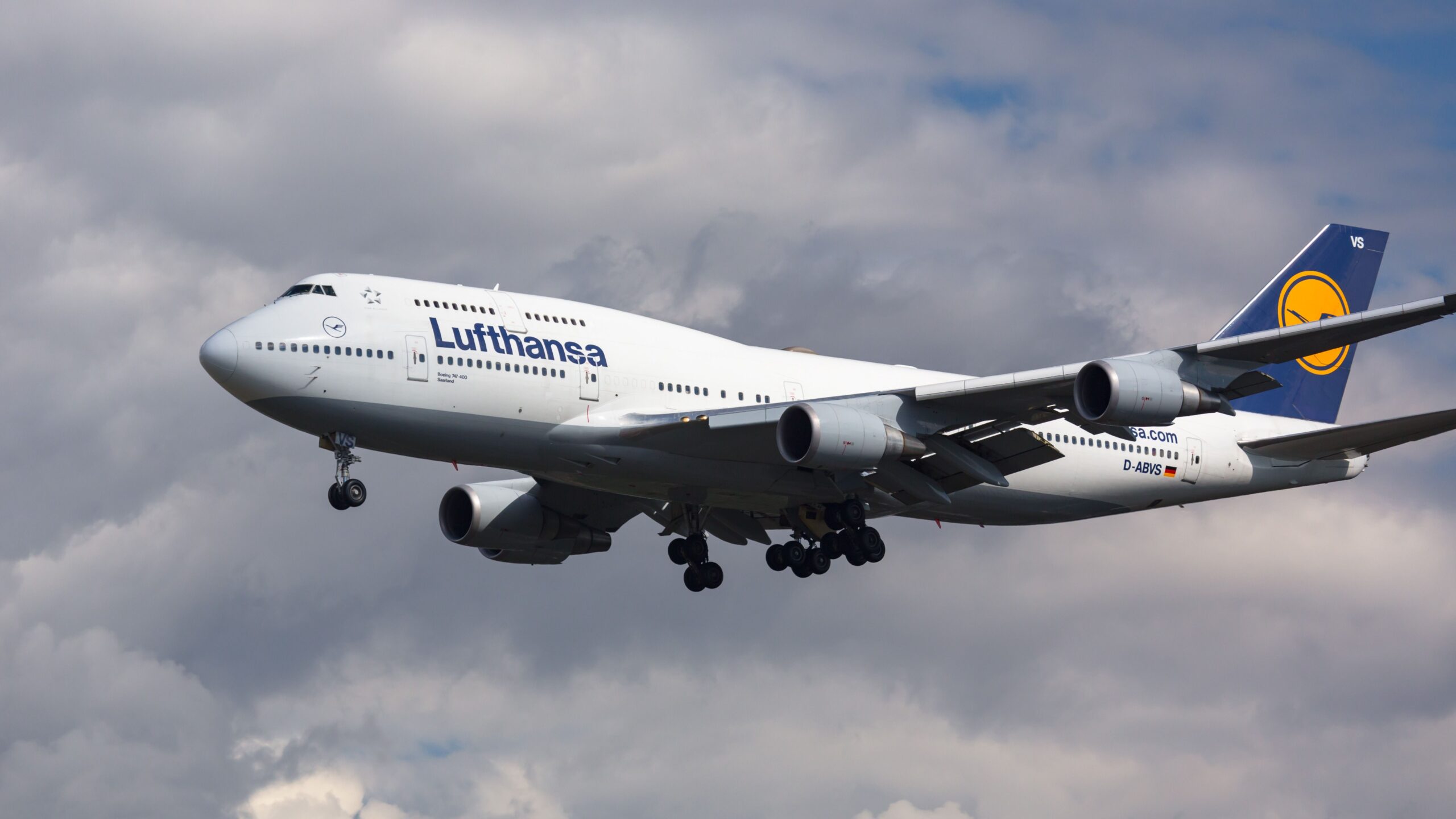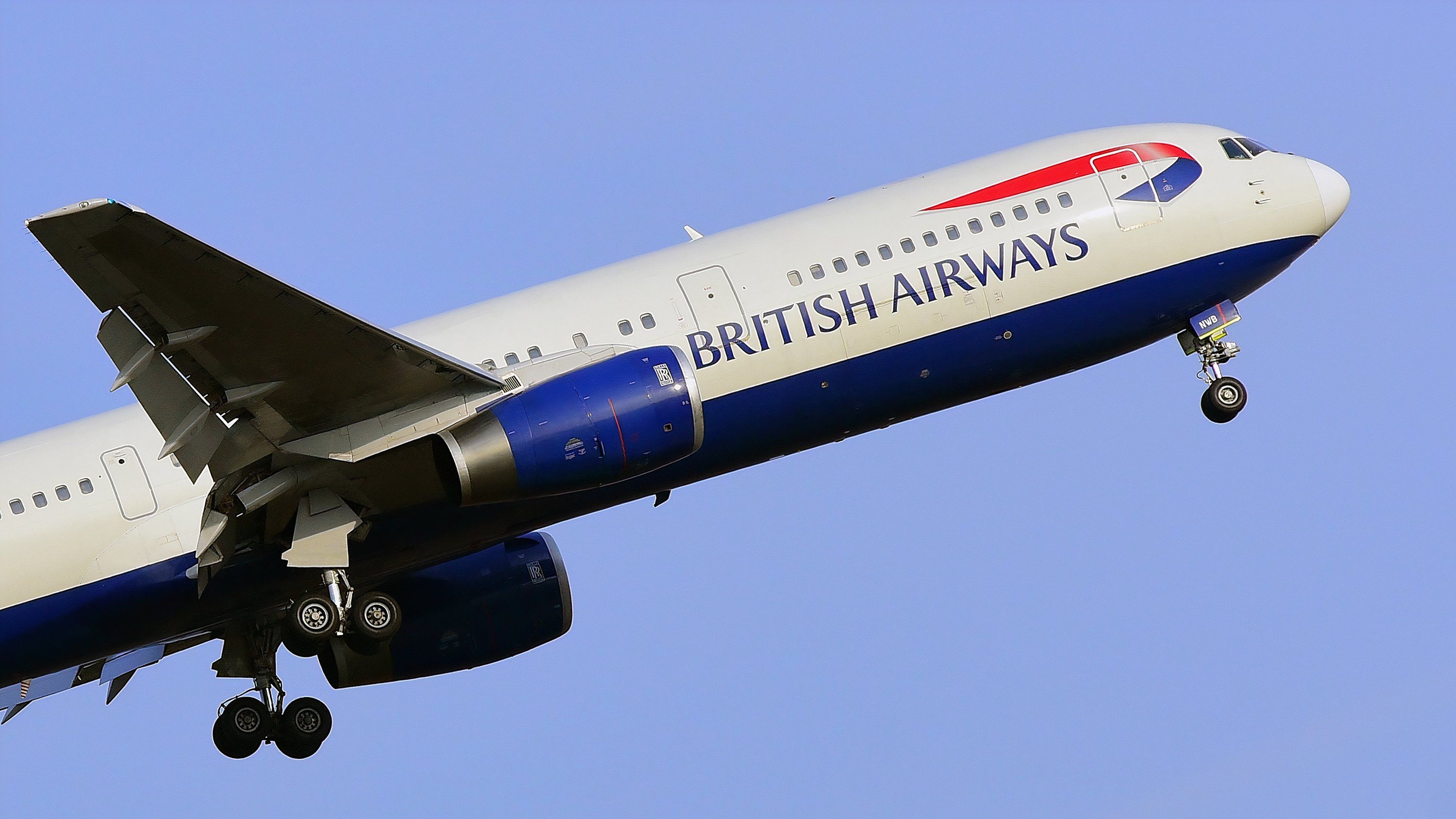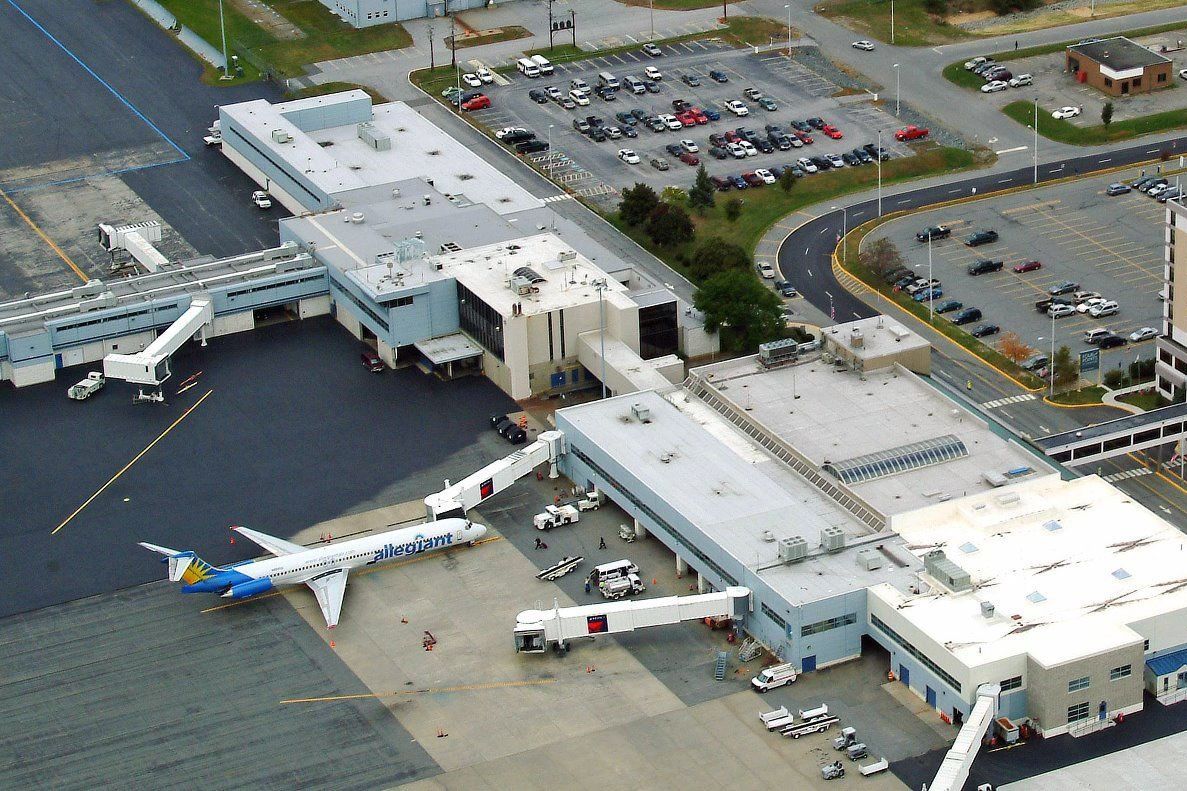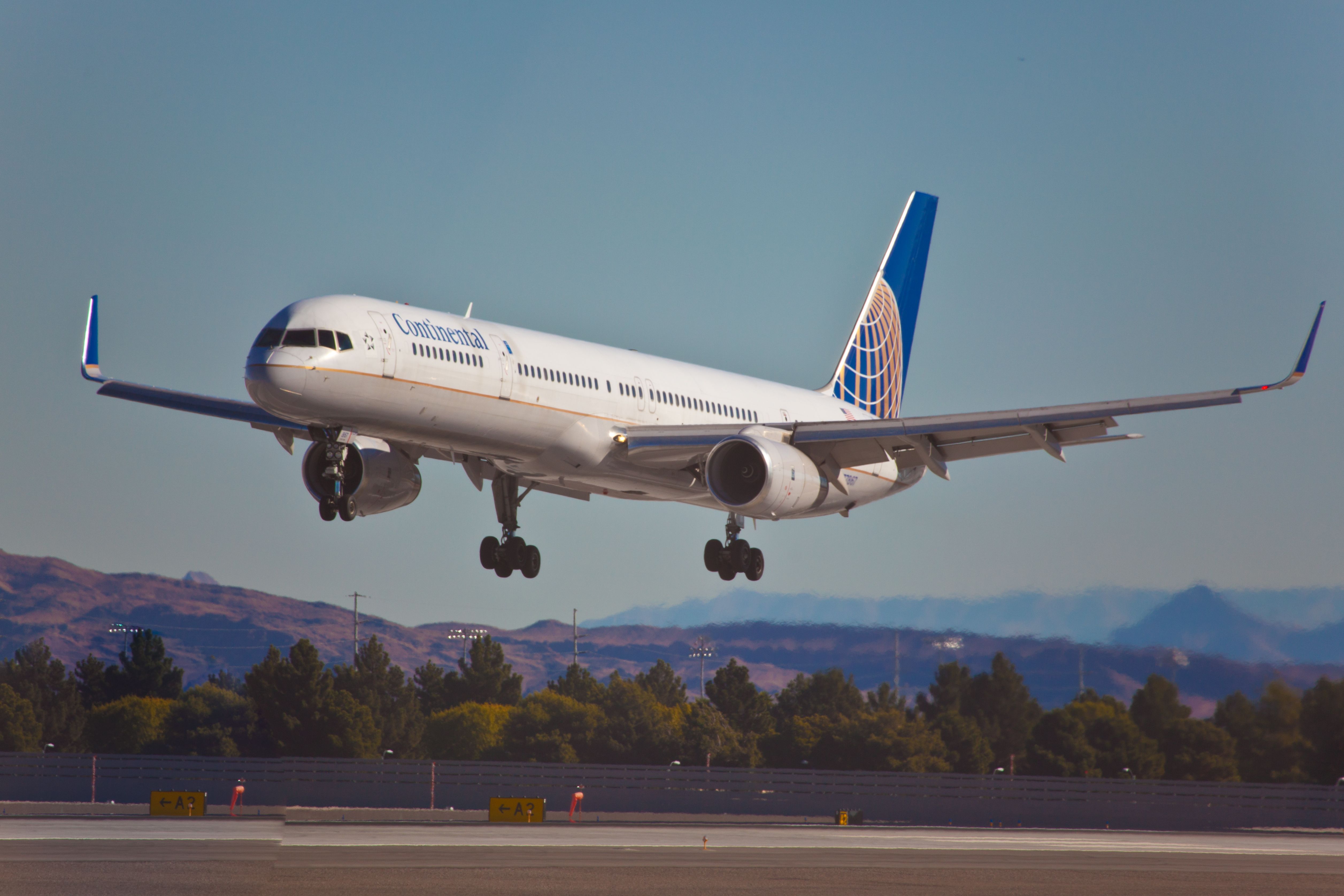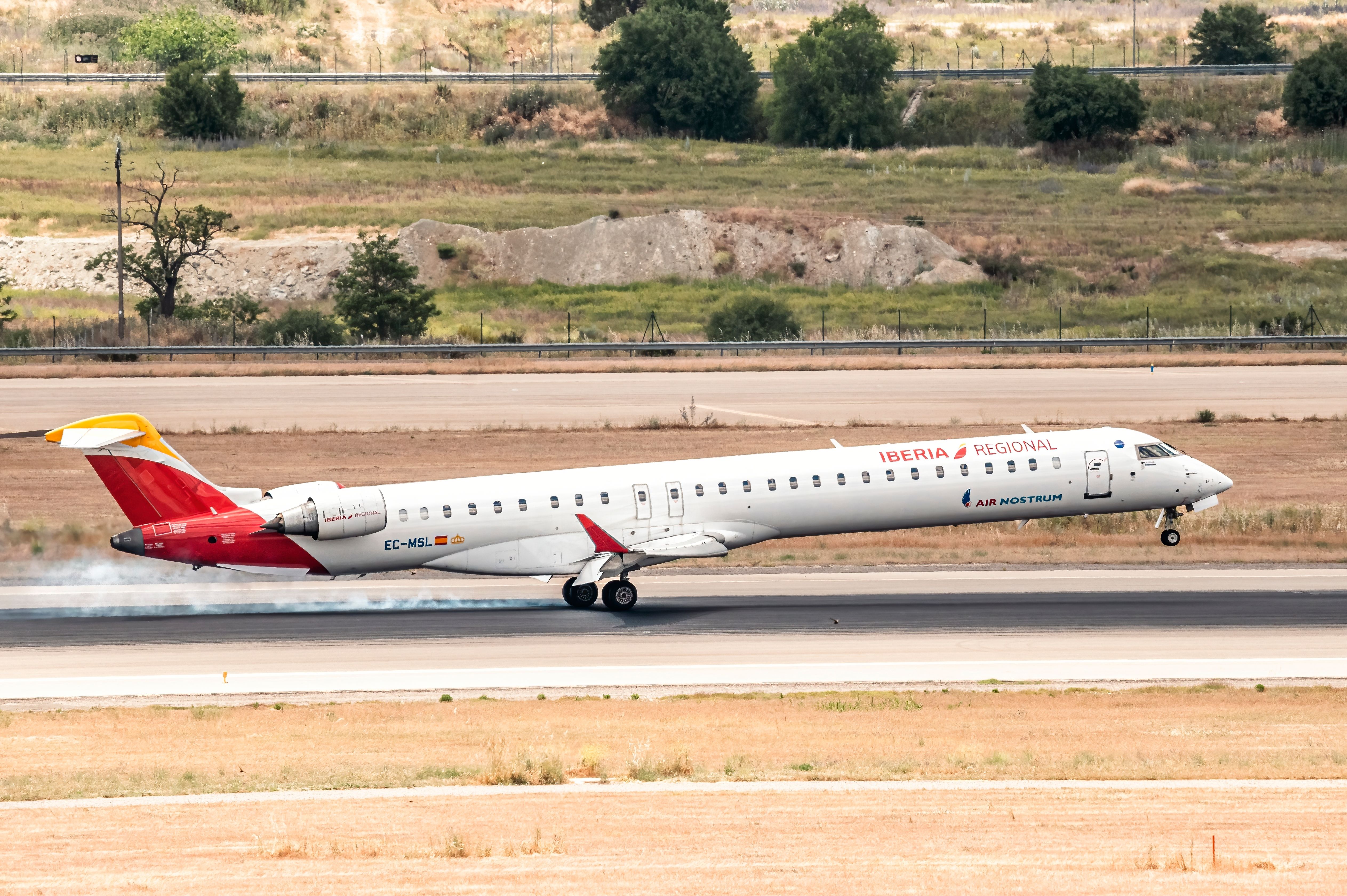Summary
- Flight diversions ensure passenger safety and operational efficiency due to emergencies, weather, technical issues, passenger disruptions, and logistical reasons.
- Notorious diversion airports include Bangor International Airport, Gander International Airport, and Shannon Airport, known for their ability to handle unexpected arrivals.
- Common reasons for flight diversions include weather conditions, medical emergencies, technical issues, passenger disruptions, operational and logistical reasons, and fuel considerations.
While relatively rare, flight diversions are critical for ensuring passenger safety and operational efficiency. They occur when an aircraft cannot land at its intended destination and must land at an alternative airport. Understanding the reasons behind these diversions can provide insights into the complexities of air travel.
What is a flight diversion?
A flight diversion is a procedure where an aircraft is rerouted from its planned destination to another airport. This can happen for various reasons, ranging from emergencies to logistical challenges. Flight diversions are carefully coordinated by the flight crew and air traffic control, ensuring the aircraft lands safely at an alternate airport that can handle the unexpected arrival.
Photo: Vytautas Kielaitis | Shutterstock
Which are the most notorious diversion airports?
Three airports are renowned for their roles as diversion airports: Bangor International Airport (BGR) in Maine, Gander International Airport (YQX) in Newfoundland and Labrador, Canada, and Shannon Airport (SNN) in Ireland.
- Bangor International Airport (BGR): Located in Maine, USA, Bangor is a key diversion airport for transatlantic flights. Its strategic location makes it an ideal emergency landing spot for flights experiencing technical issues or medical emergencies over the Atlantic Ocean. The airport has facilities to handle a wide range of aircraft and has a reputation for efficiently managing unscheduled landings.
- Shannon Airport (SNN): Located in the west of Ireland, Shannon has also been a significant diversion airport for transatlantic flights. Its long runway and comprehensive services make it a preferred option for aircraft facing technical difficulties or needing refueling. Shannon’s proximity to Europe and ability to handle various aircraft types further solidify its status as a crucial diversion point.
Common reasons for flight diversions
- Weather Conditions: Weather is the most common reason for flight diversions. Severe weather conditions such as thunderstorms, heavy snowfall, fog, or strong winds can make a landing unsafe. Aircraft dispatchers and pilots constantly monitor weather forecasts and may decide to divert a flight to avoid these hazards. For instance, strong winds and storms can make it difficult for pilots to approach and land at the destination airport safely.
- Medical Emergencies: Medical emergencies onboard a flight can necessitate an immediate diversion to the nearest suitable airport. This ensures that passengers or crew members receive prompt medical attention. Aircraft are equipped with basic medical kits, but severe conditions often require more advanced medical facilities than what can be provided in flight.
Photo: Eliyahu Yosef Parypa | Shutterstock
- Technical Issues: Mechanical or technical issues with the aircraft can also lead to diversions. These issues can range from engine problems to faulty sensors. Pilots are trained to recognize signs of technical malfunctions and will opt to land at the nearest airport where maintenance can be performed, ensuring the safety of everyone onboard.
- Passenger Disruptions: Unruly or disruptive passengers can pose a significant risk to flight safety. In such cases, the flight crew may divert the aircraft to remove the disruptive individual and maintain order on the flight. This decision is usually made in conjunction with ground authorities and aims to ensure the safety and comfort of all passengers.
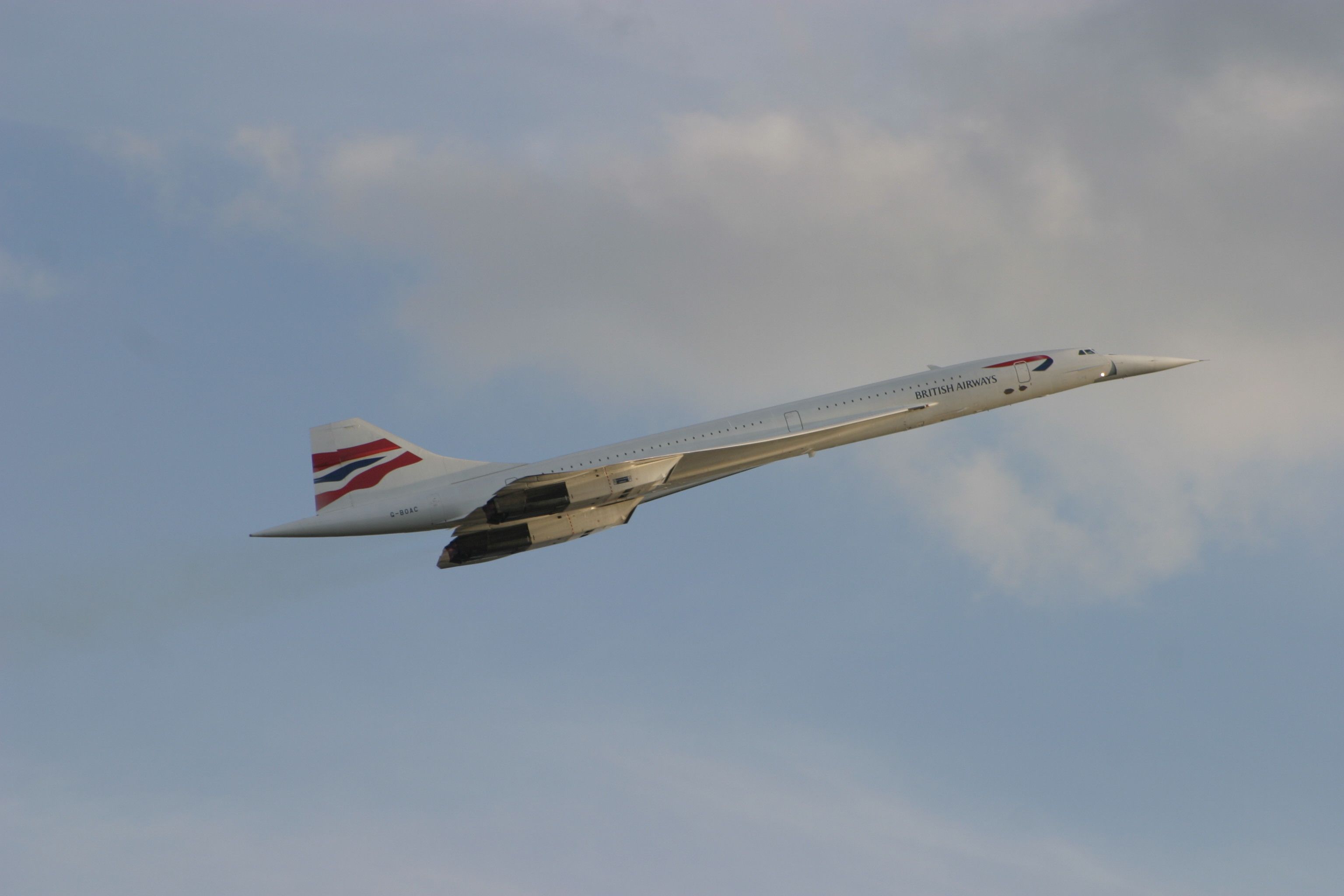
Related
What Were Concorde’s Designated Diversion Airports?
Concorde only ever flew to select destinations, but landed at several more during emergencies.
- Operational and Logistical Reasons: Sometimes, diversions occur due to operational issues such as airport closures or overcrowding at the destination airport. These situations might arise from unexpected events like emergency landings by other aircraft or temporary runway closures for maintenance. Flights are redirected to alternative airports to avoid delays and ensure efficient air traffic management in such scenarios.
Have you ever experienced a diversion? Let us know in the comments!
- Fuel Considerations: Fuel management is a critical aspect of flight operations. Unplanned diversions may be necessary if the aircraft’s fuel reserves are running low due to unexpected delays or headwinds. To prevent running out of fuel, pilots might decide to land at an alternate airport where they can refuel safely before continuing to their final destination.
Photo: MSCT Pics | Shutterstock
Recent flight diversion
- Finnair flight AY1045: According to Avaition 24, on April 28, 2024, a Finnair flight from Helsinki to Tartu, Estonia, was forced to return to Helsinki due to GPS interference, likely linked to ongoing geopolitical tensions. The interference compromised the aircraft’s ability to navigate safely, mainly since Tartu Airport relies heavily on GPS for landings.
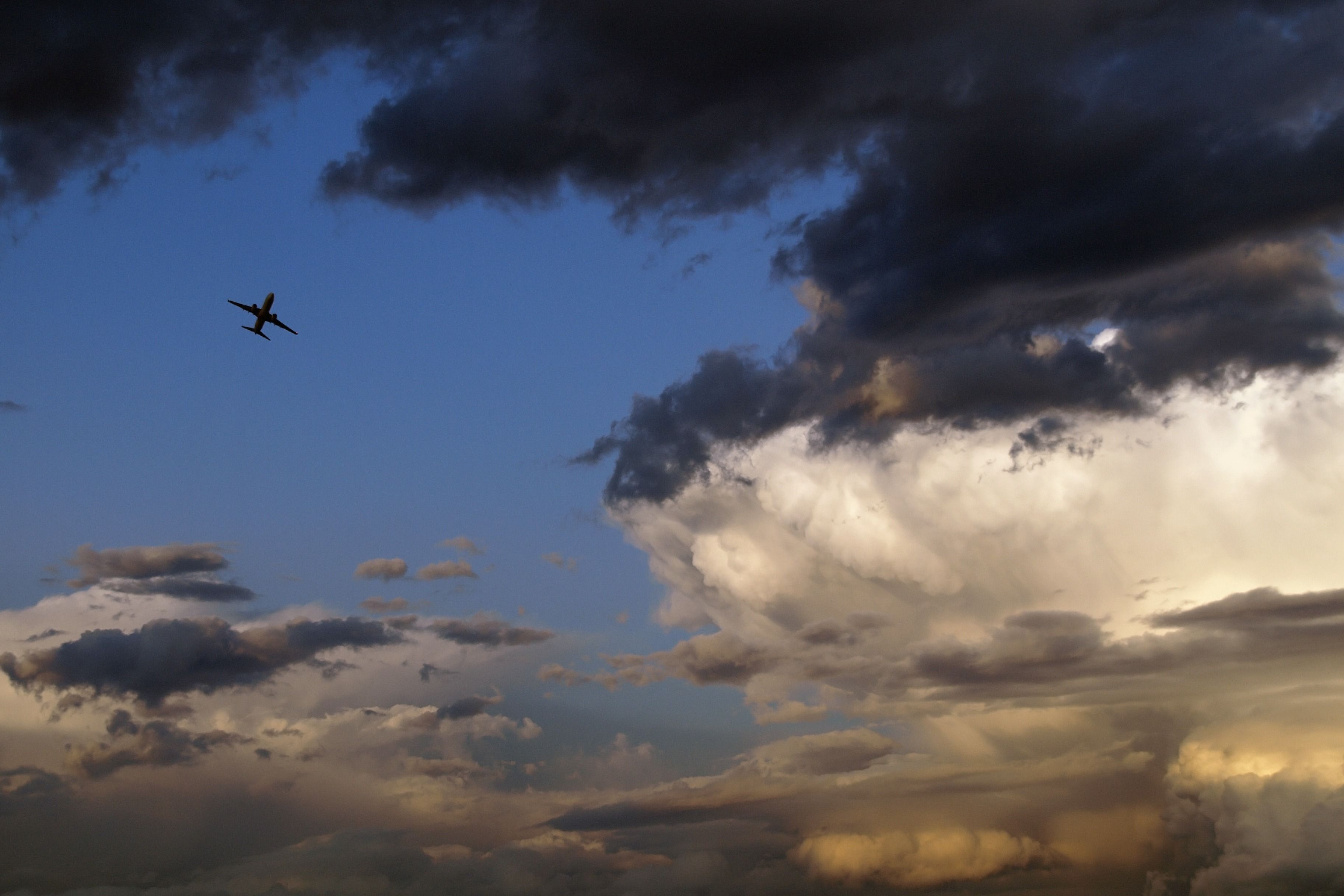
Related
How Do Pilots Decide When To Divert & Where To Go?
Pilots and dispatcher work together to make sure the plane is on the ground with plenty of fuel still in the tanks.
- United Airlines flight 1509: On July 3, 2024, United Airlines Flight 1509, traveling from San Francisco to Honolulu, was diverted to San Francisco due to an unspecified technical issue. The Boeing 777-200 aircraft returned after nearly four hours in the air and later resumed its journey once the issue was addressed.
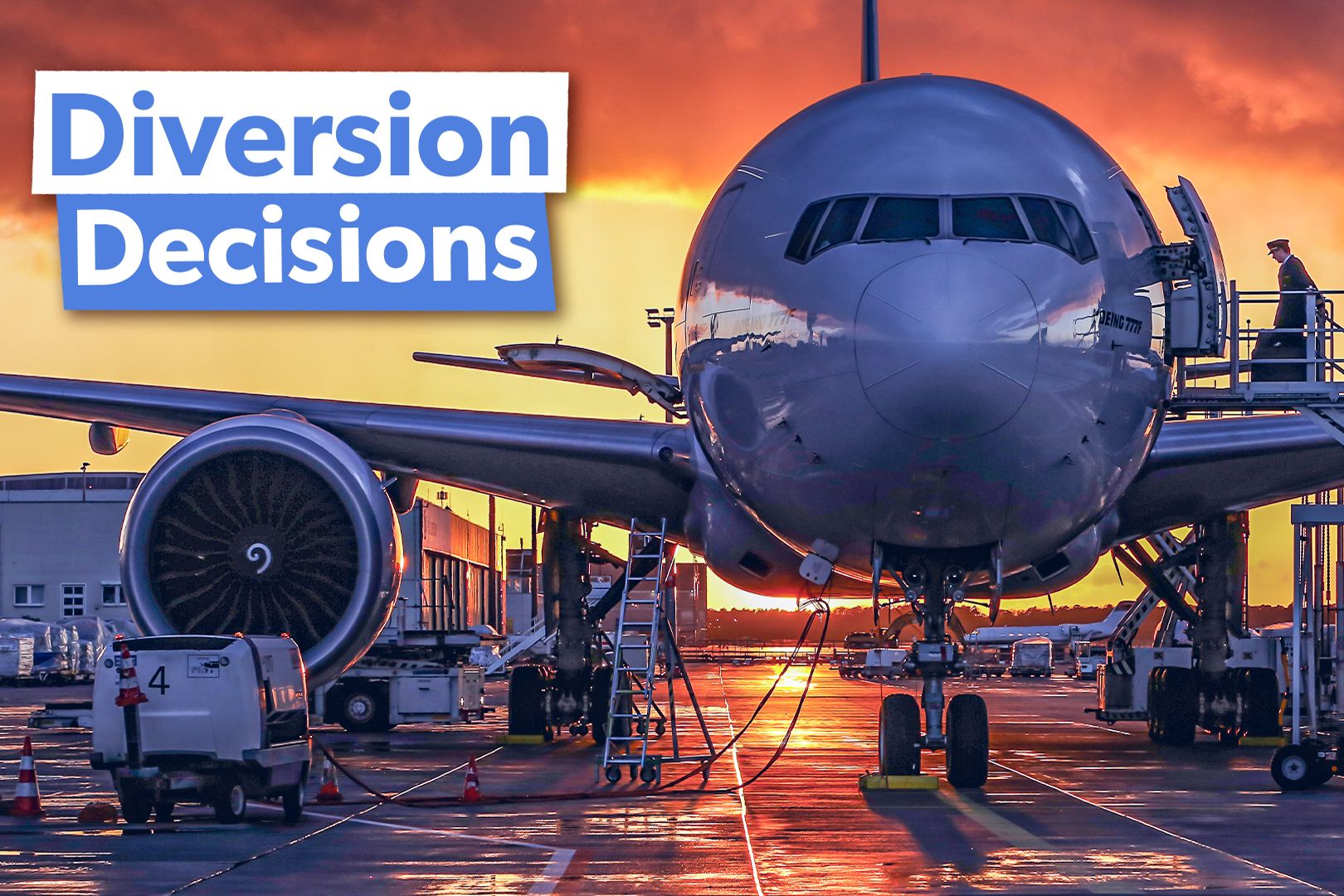
Related
Why Don’t Aircraft Always Land At The Closest Airport In Diversion Situations?
Various factors such as the weather, technical issues, among other things come into consideration.
- British Airways flight BA007: According to The Independent, On July 2, 2024, British Airways Flight BA007 from London to Hong Kong was diverted back to London after an 11-hour journey due to a technical issue. The Boeing 777-200 was flying over Turkmenistan when the crew decided to turn back. The flight’s total duration, including the return, was just two hours shorter than the original scheduled time to Hong Kong. The return was a precautionary measure to address the technical problem safely.
Better safe than sorry!
Flight diversions, while inconvenient, are essential for maintaining the safety and efficiency of air travel. Weather conditions, medical emergencies, technical issues, passenger disruptions, operational challenges, and fuel considerations are the primary reasons behind these diversions. By understanding these factors, passengers can better appreciate the complexities of flight operations and the importance of safety protocols in the aviation industry.

